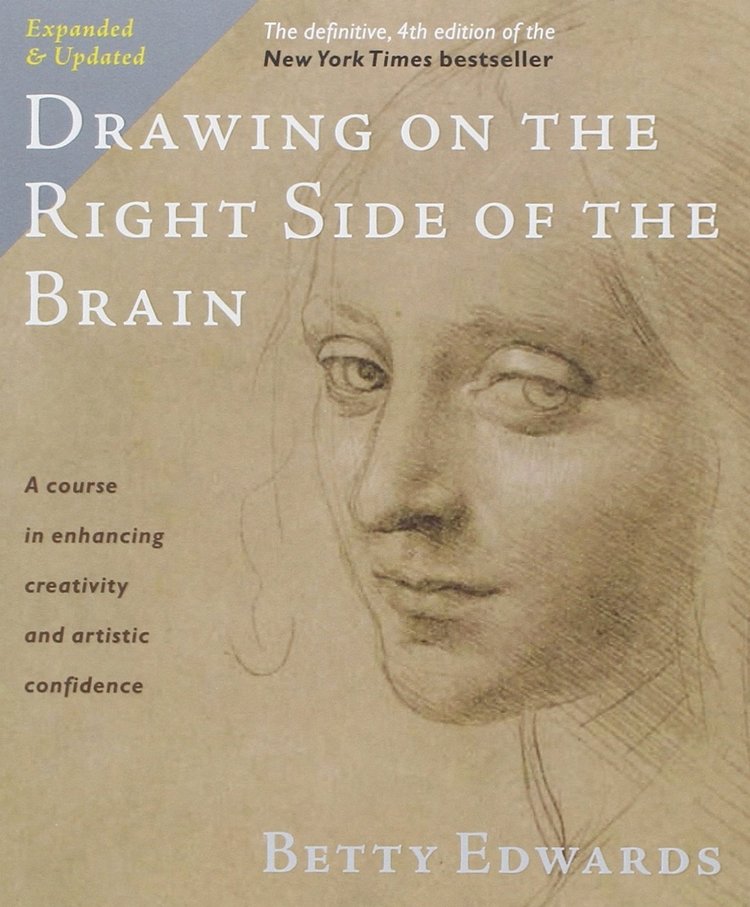Many of our readers have asked me for a full-palette list of recommended pigments. A visit to an art supply store can confront a beginning painter with a daunting array of hundreds of tubes of paint, whether acrylic, oil, or watercolor, some with alluring names like “Horizon Blue” or “Rose Pink.” Resist the temptation! Below is a list of basic pigments that will provide you a full range of pigments to use in mixtures or as pure hues.
If you’re just beginning to paint, you might decide to start with a very limited palette, say, with Cadmium Yellow Medium, Cadmium Red Medium, Ultramarine Blue, Mars Black, and Titanium White. Then, as you see the need for an expanded palette, you can start adding in other pigments from the list.
In terms of purchasing pigments, here are some general suggestions:
Never buy sets. At least half will be junk pigments.
Be prepared to pay. High-priced pigments are among the few things remaining where if you pay more, you really do get better quality.
Stick with known manufacturers. Windsor Newton, Liquitex, and Golden are quite reliable. As you can imagine, there is a lot of junk paint out there. How would one know good from awful? The paint tubes all look the same.
Buy 6 oz. tubes, except for white and black, then buy 10 or 12 oz. Smaller tubes are very wasteful and frustrating.
Do not buy pigments with the word "Hue" on the tube. These pigments are watered-down with fillers.
Always buy “Artist Quality” and avoid anything labeled “Student Quality.”
Acrylics have some mixture problems, and you will no doubt later move to oils, which have fewer mixture problems. However, for beginners, acrylics are best because they are easier to handle, being water-based.
Best Paint Starter List:
Cadmium Yellow Medium
Cadmium Orange
Cadmium Red Medium
Quinacridone Magenta
Prism Violet
Dioxazine Purple
Ultramarine Blue
Thalo Blue
Permanent Green Medium
Viridian Green Hue (Only "Hue" worth buying)
Thalo Green
Cerulean Blue
Earth Colors:
Burnt Sienna
Burnt Umber
Yellow Ochre
Best Basic Colors:
Titanium White
Flake White
Mars Black
Later, you may want to add specialty pigments, but this list will allow you a full range of color. The same list will work for oil pigments.
Keep in mind that no pigments are ideal. They all have their quirks and drawbacks. For example, Permanent Green Medium and Viridian Green are very dark, straight from the tube. However, if you add white to lighten, the color goes dull. Then you try adding a little cadmium yellow to brighten the color, and the result is not the green you want. So you add a little Thalo Blue, and the color starts to go dead. You try something else, and suddenly, MUD.
Click the link below to read an interesting article about how artists’ pigments are manufactured. The company, in this case, is a small, highly specialized, and highly regarded producer of artists’ pigments. The process is complicated, time consuming, and remarkably precise! Inside the Painstaking Process of Making Oil Paint
Happy painting! And Happy Holidays!
~ Betty Edwards
